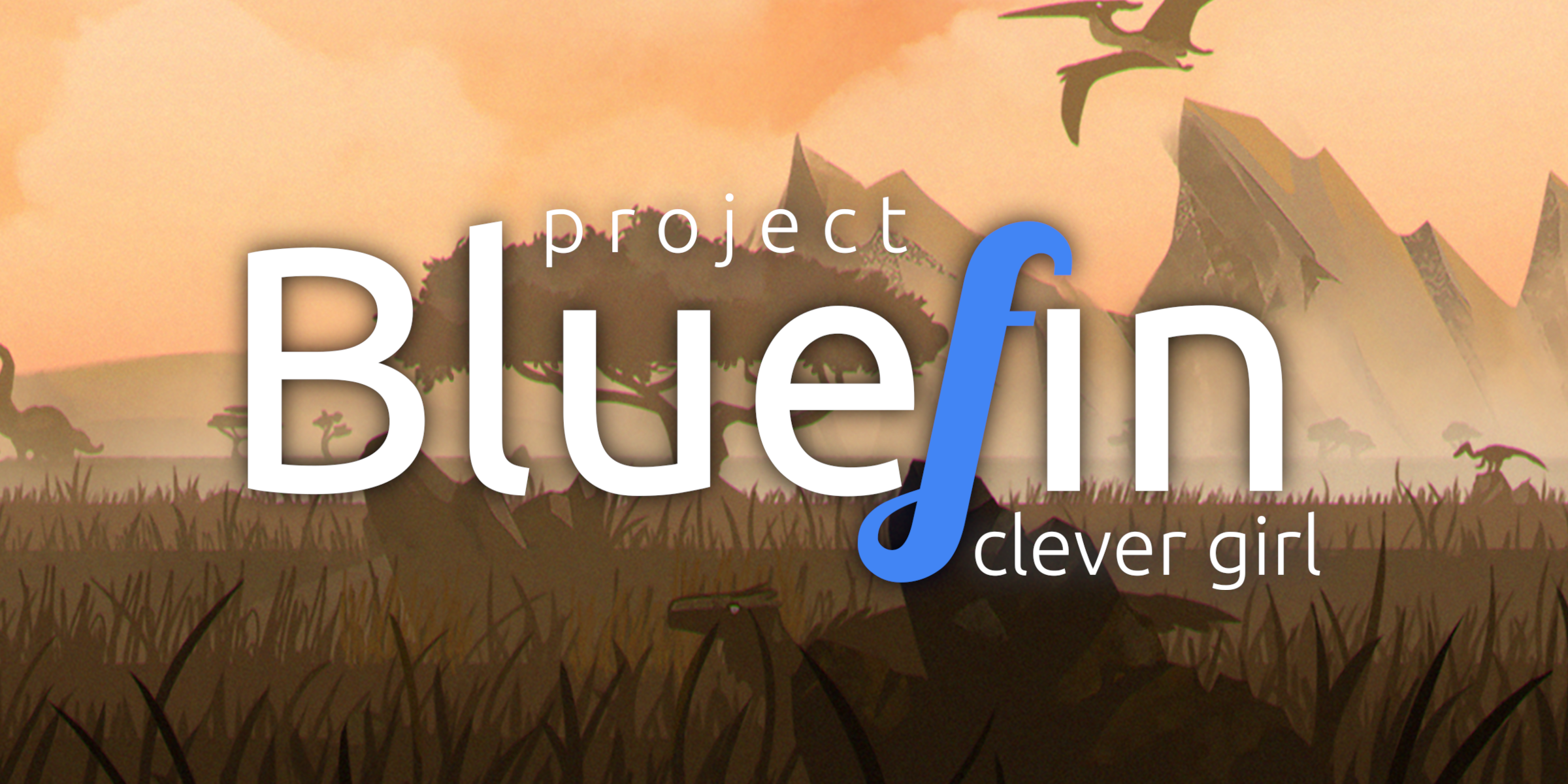OCI images that you can turn into a full-fledged developer workstation shipping Devbox, Nix, Homebrew, devcontainers and DevPod with one command. Pretty swanky!
If anyone stumbles upon this and was confused like me, I found this link to be a super clear explanation of OCI Linux delivery- https://universal-blue.org/introduction/
I have long loooooong ago given up on distro hopping because, at the end of the day, most distros are close enough to each other that it doesn’t really matter which one you choose at the end of the day. These new immutable ones though… They seem cool as hell. I need to give one a go someday.
Distro hopping always leads back to debian
99% of the time, whatever drew you to a shiny new distro could be achieved in debian with minimal effort
Yep, distro-hopping ended for me when I learned how not to break Debian Sid.
(Basically, install apt-listchanges and if an update wants to remove stuff you need without replacing it with newer versions, or throws an error, wait a day and try again)
“the next generation cloud-native”
that’s as far as I got. Cloud native is an immediate, non-negotiable red flag for me
They need to work on their branding. “Cloud Native” triggers images of subscription services and data mining. But the idea here is that the whole OS and its components are all sort of containerized, so you can just pull pre-configured “cloud” images that are guaranteed to work out of the box to your machine.
That is one of the dumbest ways I’ve ever seen someone try to connect their product to the cloud buzzword. By that logic all stable linux distros are cloud since you pull the packages with preconfigured sane defaults from the repos.
It’s hard to explain until you’ve used it, but in my experience I think this is much different than a traditional Linux distro. Every other distro I’ve tried has (to some extent) dependencies that can get out of whack, configuration drift that makes it hard to get things to work sometimes, random codecs or drivers or other things you need to install to get a system working as it should, etc. In the “cloud native” model, all the packages, drivers, etc. are built and tested in the cloud. So when they arrive on your machine, they “just work” and updates are handled automatically - it’s great. Maybe not great for tinkerers, but great for regular users who just want to use their computer.




